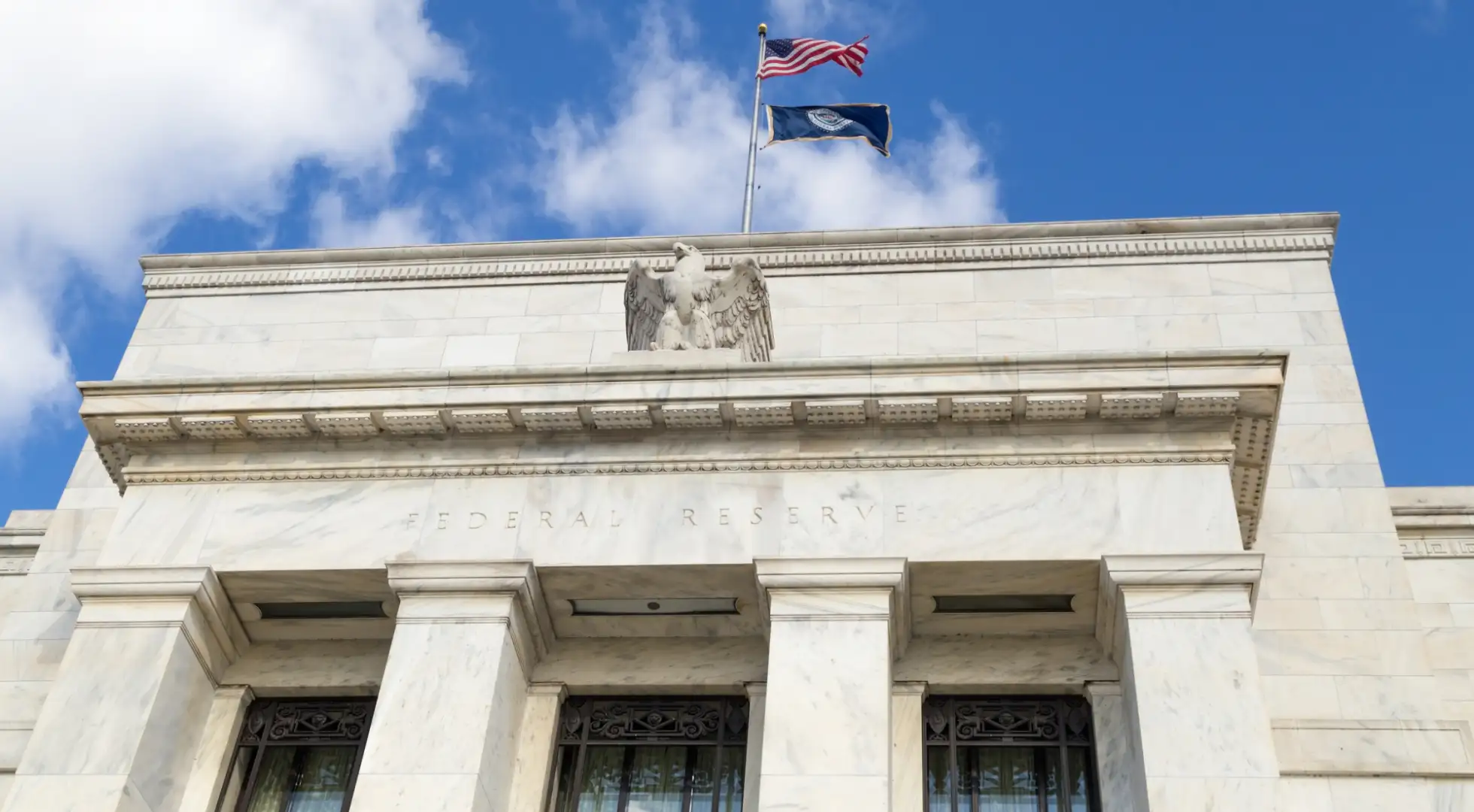Fed's 'One-Two Punch' Causing Bond Yields, Mortgage Rates to Rise

Bond yields and the mortgage rates that track them have spiked since the Federal Reserve released the minutes of its December meeting last week.
That’s because of the “one-two punch” it contained, said Kathy Jones, managing director and chief fixed-income strategist for the Schwab Center for Financial Research.
The Fed indicated in the minutes it would quicken its taper of the bond-purchasing program it began in March 2020 to provide liquidity during the early years of the pandemic. And, it hinted at a pending hike in its benchmark Fed funds rate – the financial markets were expecting both of those. The shock was what came next, said Jones.
“The Fed already had signaled it likely would hike short-term rates, perhaps starting as early as March,” said Jones. “However, the big surprise was that the minutes also indicated that the Fed was considering quantitative tightening – shrinking its balance sheet.”
So, in addition to ending new purchases, the Fed signaled it would stop reinvesting the principal and interest on maturing bonds.
“The Fed’s one-two-punch strategy caught the market by surprise,” Jones said in a report. “Few anticipated that quantitative tightening would start so soon after rate hikes.”
When the Fed began shrinking its balance sheet in the wake of the 2008 financial crisis, it was a slower process, Jones said. The central bank waited two years after hiking rates in December 2015 before it stopped reinvesting the principal and interest on maturing bonds, capping the amount that it allowed to “roll off” the balance sheet at any time to mitigate the impact on interest rates and the economy, she said.
The Fed began buying Treasuries and mortgage bonds in March 2020 to soften the economic blow of the pandemic. With the U.S. central bank as the biggest buyer of mortgage-backed securities, the average U.S. rate for a 30-year fixed mortgage fell to an all-time low of 2.65% in the first week of 2021, as measured by Freddie Mac.
After almost two years of bond purchases, the Fed’s balance sheet now stands at a record $8.3 trillion, according to a report last week from the central bank.
Bond yields increased in reaction to the release of the Fed minutes last week, causing mortgage rates to spike about a quarter of a percentage point. Interest rates for home loans tend to track bond yields because most U.S. mortgages are packed into securities that are sold to bond investors.
The average U.S. rate for a 30-year mortgage eligible to be backed by Fannie Mae or Freddie Mac was 3.66% on Monday, compared with 3.41% a week earlier, according to Optimal Blue.
Kathleen Howley has more than 20 years of experience reporting on the housing and mortgage markets for Bloomberg, Forbes and HousingWire. She earned the Gerald Loeb Award for Distinguished Business and Financial Journalism in 2008 for coverage of the financial crisis, plus awards from the New York Press Club and National Association of Real Estate Editors. She holds a degree in journalism from the University of Massachusetts, Amherst.




